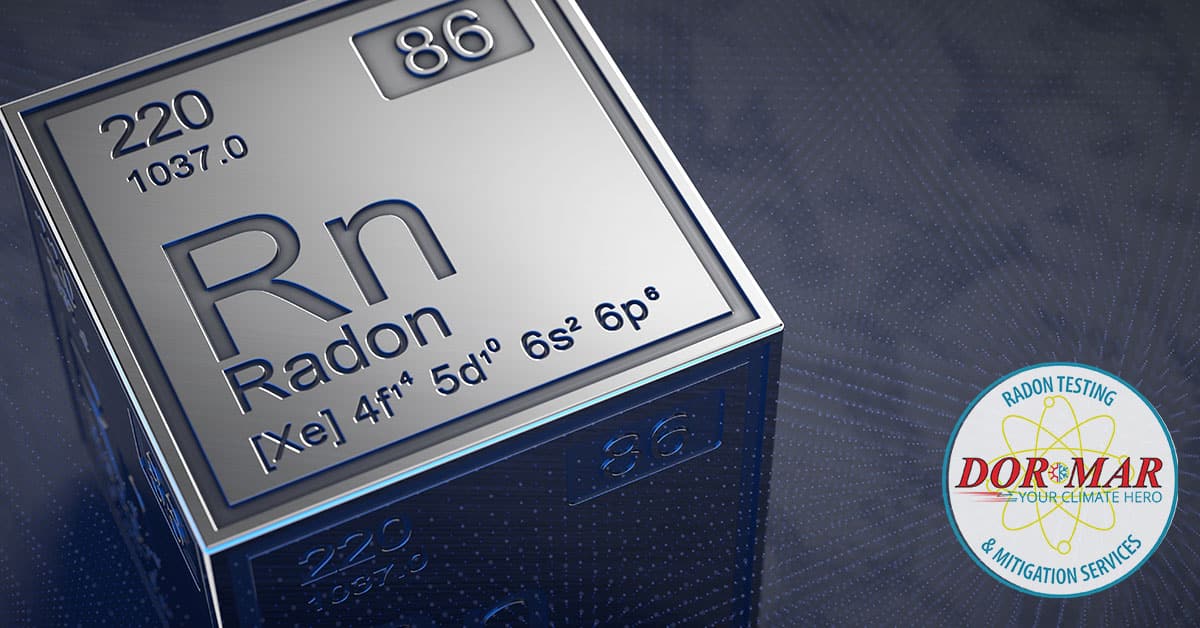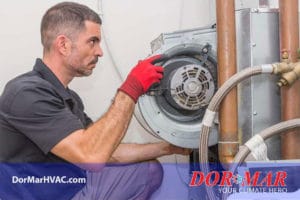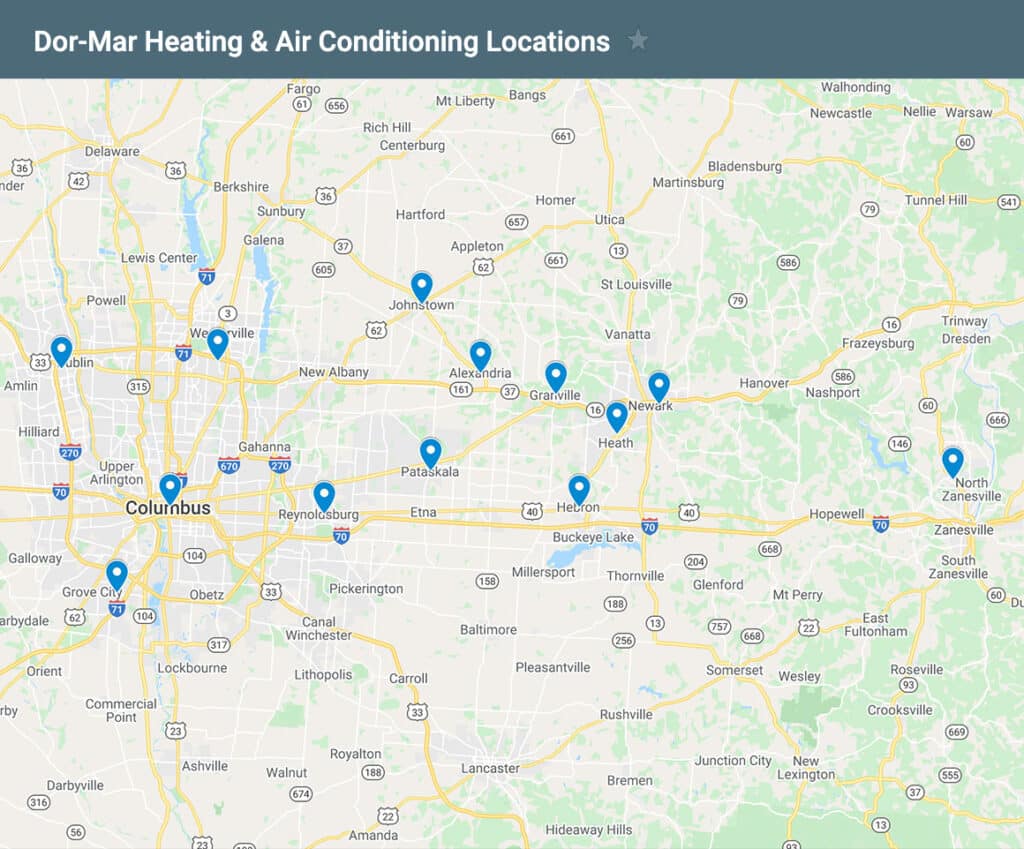Radon might not be the first thing on your mind when it comes to home safety, but it should be. This invisible, odorless gas is a leading cause of lung cancer among non-smokers, and the Environmental Protection Agency (EPA) has updated its guidelines to better protect homeowners. But what exactly changed, and why should you care? Let’s break it down in a way that makes sense for you and your family.
What Is Radon and Why Is It Dangerous?
Radon is a naturally occurring radioactive gas that seeps into homes from the ground. It forms when uranium in soil and rock breaks down. Because it’s colorless and odorless, homeowners often don’t realize they have a problem until it’s too late. Long-term exposure to radon can cause lung cancer, making it a silent but deadly health hazard.
To put it into perspective, radon exposure is like smoking a pack of cigarettes every day without realizing it. Over time, the damage adds up, making it essential to test and mitigate radon levels in your home.
Understanding the EPA’s Role in Radon Regulation
The EPA has been monitoring and regulating radon exposure for decades. Their guidelines help homeowners, builders, and regulators take the necessary steps to limit radon risks in residential and commercial properties. They work closely with state and local agencies to ensure radon testing and mitigation recommendations are followed.
What Are the New EPA Radon Guidelines?
The latest EPS radon guidelines focus on:
- Lowering the action level for radon mitigation.
- Expanding testing requirements for homes and schools.
- Encouraging states to adopt stricter radon policies.
- Providing updated recommendations for radon-resistant construction techniques.
These updates align with growing research showing that even low levels of radon exposure can be harmful over time.
How Do the New Guidelines Differ from Previous Ones?
Previously, the EPA recommended action if radon levels were above 4.0 pCi/L (picocuries per liter). The new guidelines suggest taking action at levels as low as 2.7 pCi/L, aligning more closely with international standards. This change reflects growing scientific evidence that even lower radon levels pose significant health risks.
Additionally, the EPA is now urging states to require radon testing during real estate transactions and recommending that all new homes be built with radon-resistant features.
Why Homeowners Should Pay Attention
Why does this matter to you? Because radon can be in any home, regardless of age or location. If you haven’t tested your home recently, now is the time. The new guidelines mean many homes that were previously considered safe may now need mitigation.
Think of radon like carbon monoxide. You wouldn’t ignore a carbon monoxide alarm, so why take chances with radon?
Testing for Radon: What You Need to Know
Testing is the only way to know if your home has high radon levels. You have two options:
- DIY Radon Test Kits: Available online and in hardware stores, these kits provide a simple and cost-effective way to check radon levels.
- Professional Radon Testing: Provides more accurate results, especially for real estate transactions or homes with complex layouts.
How to Reduce Radon Levels in Your Home
If your radon levels are high, don’t panic. There are several ways to reduce them:
- Improve Ventilation: Increasing airflow can help disperse radon.
- Seal Cracks and Gaps: Radon enters through foundation cracks, so sealing them helps.
- Install a Radon Mitigation System: A professional system uses pipes and fans to vent radon outside.
The Cost of Radon Mitigation: Is It Worth It?
Radon mitigation typically costs between $800 and $2,500, depending on home size and radon levels. While this may seem expensive, it’s a small price to pay for long-term health benefits. Many states also offer financial assistance programs to help homeowners afford mitigation.
Conclusion: Protecting Your Home and Family
Radon may be invisible, but its risks are real. The updated EPS radon guidelines emphasize that lower levels of exposure can still be harmful, urging homeowners to take radon testing and mitigation seriously. Protecting your family from radon is simple and well worth the effort. A little awareness today can lead to a healthier, safer home for years to come.
FAQs About EPA’s Radon Guidelines
Q. What is the safe level of radon in a home?
A. The EPA now recommends taking action if radon levels exceed 2.7 pCi/L, though previously, the limit was 4.0 pCi/L.
Q. How often should I test my home for radon?
A. It’s recommended to test every two years or after major renovations, as changes in your home can affect radon levels.
Q. Can I fix a radon problem myself?
A. DIY solutions can help, but a professional mitigation system is the most effective way to reduce radon levels.
Q. Does radon only affect older homes?
A. No, radon can seep into any home, new or old, regardless of foundation type or location.
Q. Are radon mitigation systems expensive to maintain?
A. No, once installed, maintenance costs are minimal, usually just occasional fan checks and filter replacements.
By staying informed and proactive, you can ensure your home remains a safe and healthy place for your family.
Don’t Wait – Get Your Home Tested for Radon
If you are not sure if your home has issues with radon gas, it’s best to get it tested. And it’s easy as a quick phone call Dor-Mar Radon Testing & Mitigation at (740) 675-1103 to arrange for a radon test. Or you can use the convenient form on our Radon Testing page.















